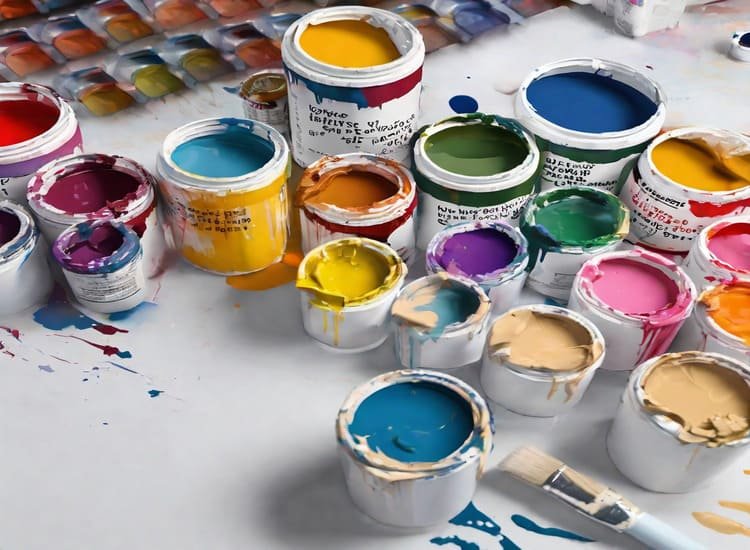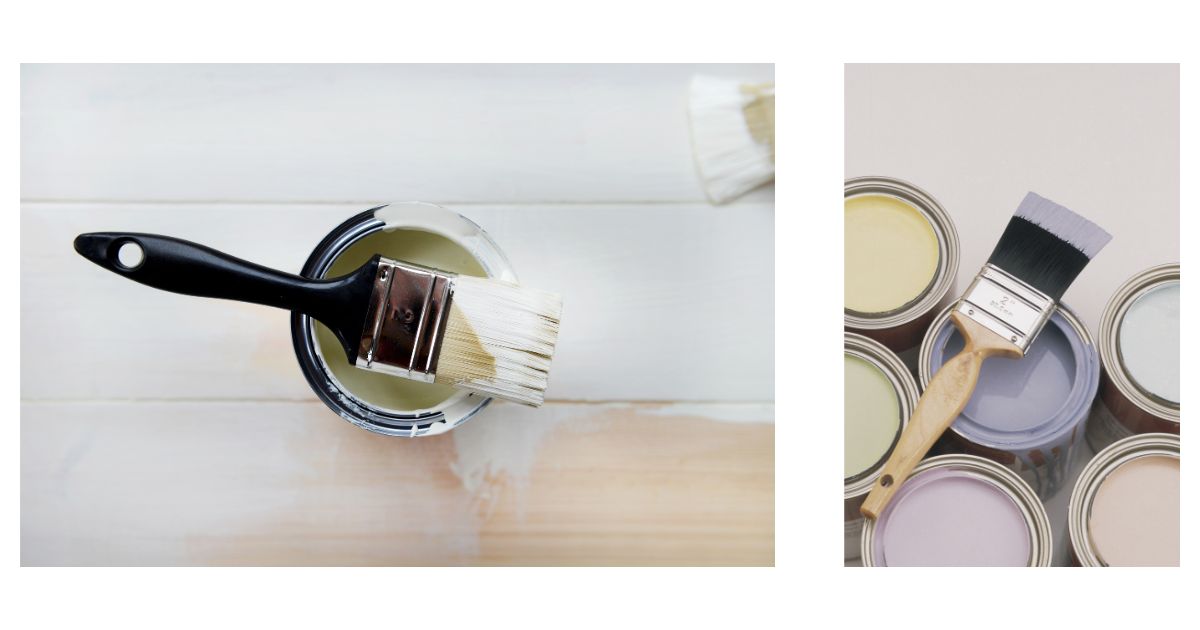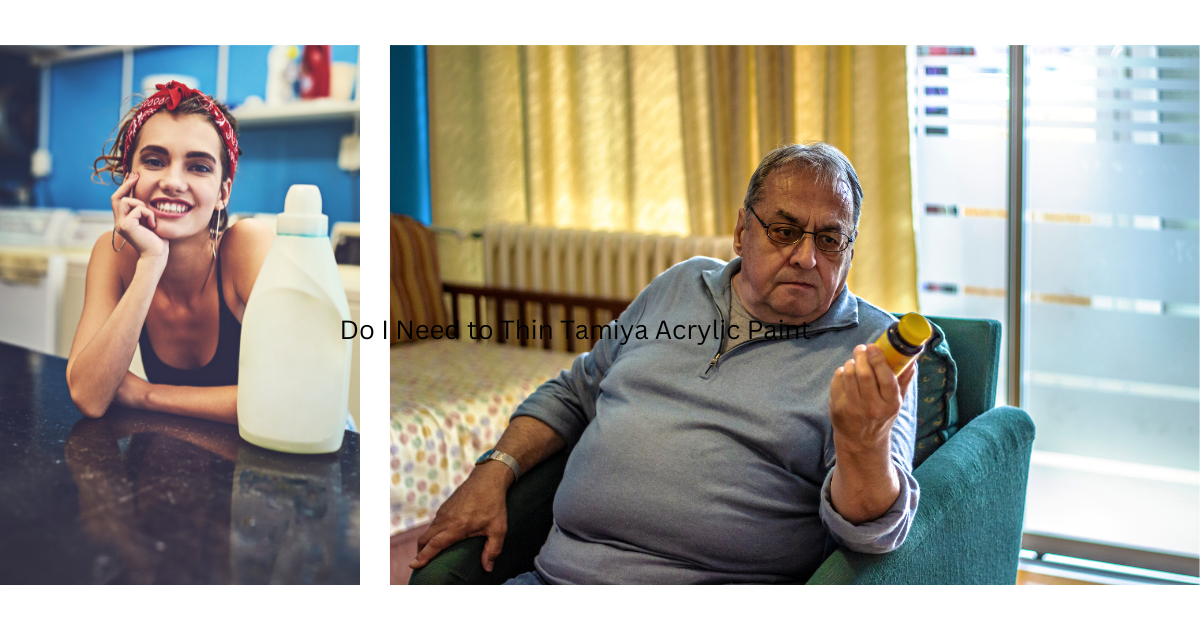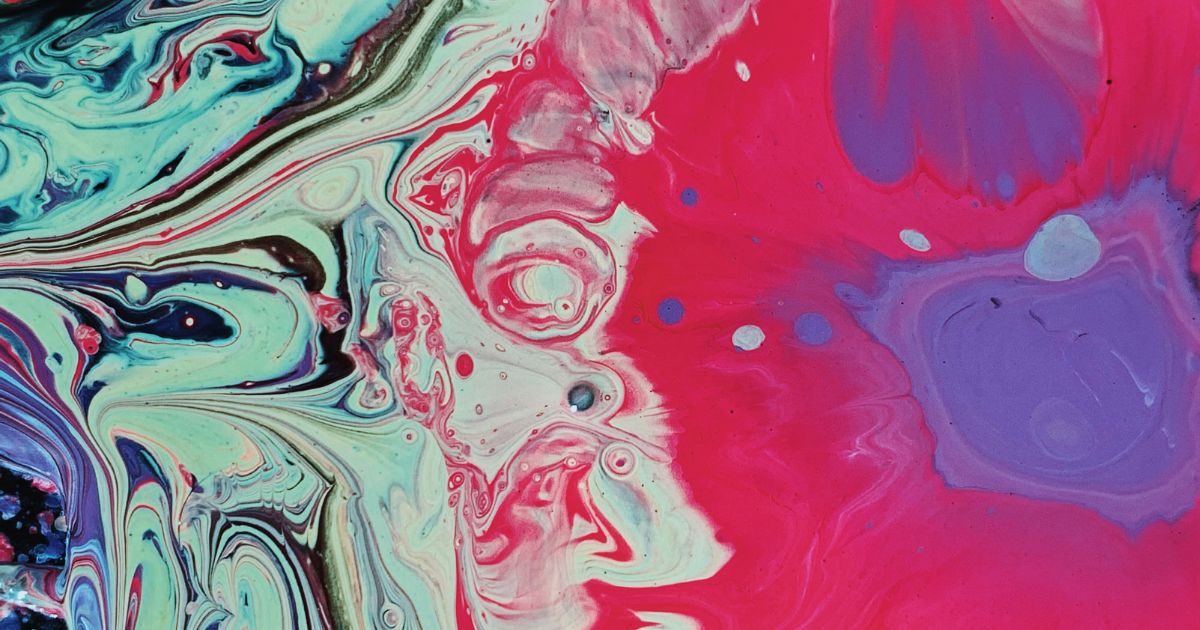Acrylic paint is a versatile and popular medium among artists, known for its vibrant colors, quick drying time, and ease of use. However, there are several ways you can take your acrylic painting to the next level and make the most out of this fantastic medium.
In this article, we’ll explore some tips and techniques to make acrylic paint better.

1. Use High-Quality Paints and Brushes
Investing in high-quality acrylic paints and brushes can significantly improve your painting experience. Quality paints offer better pigmentation, color intensity, and consistency, allowing for smoother application and blending.
Similarly, using good-quality brushes with the appropriate bristle type and size will give you better control and precision in your strokes.
2. Experiment with Different Mediums
Acrylic mediums are additives that can alter the properties of acrylic paint, enhancing its performance and extending its capabilities.
Adding mediums like gloss or matte medium, texture gels, or glazing mediums to your paint can provide various effects such as increasing transparency, creating texture, or extending drying time.
Experimenting with different mediums allows you to explore new techniques and achieve unique results.
3. Layering and Glazing
Acrylic paints are known for their fast drying time, which can make blending and creating smooth transitions challenging. However, by employing layering and glazing techniques, you can overcome this hurdle.
Layering involves building up multiple thin layers of paint, allowing each layer to dry before adding the next. This technique helps create depth, richness, and subtle color variations.
Glazing, on the other hand, involves applying transparent or translucent layers of paint over dry layers, resulting in luminous and glowing effects.
4. Work with a Stay-Wet Palette
Acrylic paint dries quickly, both on your palette and on the canvas. To extend the working time of your paint and prevent it from drying out, consider using a stay-wet palette.
This type of palette consists of a damp surface or a membrane that keeps the paint moist for a more extended period. It allows you to work with your paints for longer, reducing waste and providing more flexibility in your painting process.
5. Explore Different Techniques and Tools
Acrylic paint offers a wide range of possibilities when it comes to techniques and tools. Don’t be afraid to experiment and explore different approaches such as dry brushing, splattering, sgraffito, or impasto.
Additionally, consider using unconventional tools like sponges, palette knives, or even household items to create unique textures and effects. By embracing experimentation, you can discover new ways to enhance your acrylic paintings.
6. Practice Color Mixing
Understanding color theory and mastering color mixing is essential for creating vibrant and harmonious acrylic paintings.
By learning how to mix primary colors to create secondary and tertiary colors, as well as exploring color temperature and value, you can achieve a broader range of hues and create more visually appealing compositions.
Practice mixing colors on a separate palette or surface to familiarize yourself with color relationships.
7. Take Care of Your Brushes and Workspace
To ensure the longevity of your brushes and maintain a clean workspace, it’s crucial to clean your brushes thoroughly after each painting session.
Acrylic paint can dry quickly and become challenging to remove once it hardens on the bristles. Use mild soap and water or specialized brush cleaners to clean your brushes gently.
Additionally, keep your workspace organized and free from dust or debris that may affect your painting process.
With these tips and techniques, you can elevate your acrylic painting experience and unlock new creative possibilities. Remember, practice and experimentation are key to improving your skills as an artist. So grab your brushes, mix your colors, and let your creativity flow with acrylic paint!
There are so many things you can do with acrylics. I hardly know where to start. Here are some ideas.
Things you can use to manipulate paint:
- Paintbrushes
- Palette Knives
- Fingers
- Sponges
- Cloths
- Sticks
- Credit Cards
- Toothbrush (great for splattering)
Ways to change the character of the paint
- Use it straight out of the tube
- Dilute the paint (with water or acrylic mediums) and use it thinly and transparently like watercolours
- Use impasto or introduce additional materials (sand or pebbles for example) to create texture
- Scratch paint off
- Use glazes and washes
- Use oil pastels to create areas where the acrylic paint is resisted
Ways of working with Acrylic Paint
- alla prima
- mixed media
- wet-into-wet
- drybrushing









